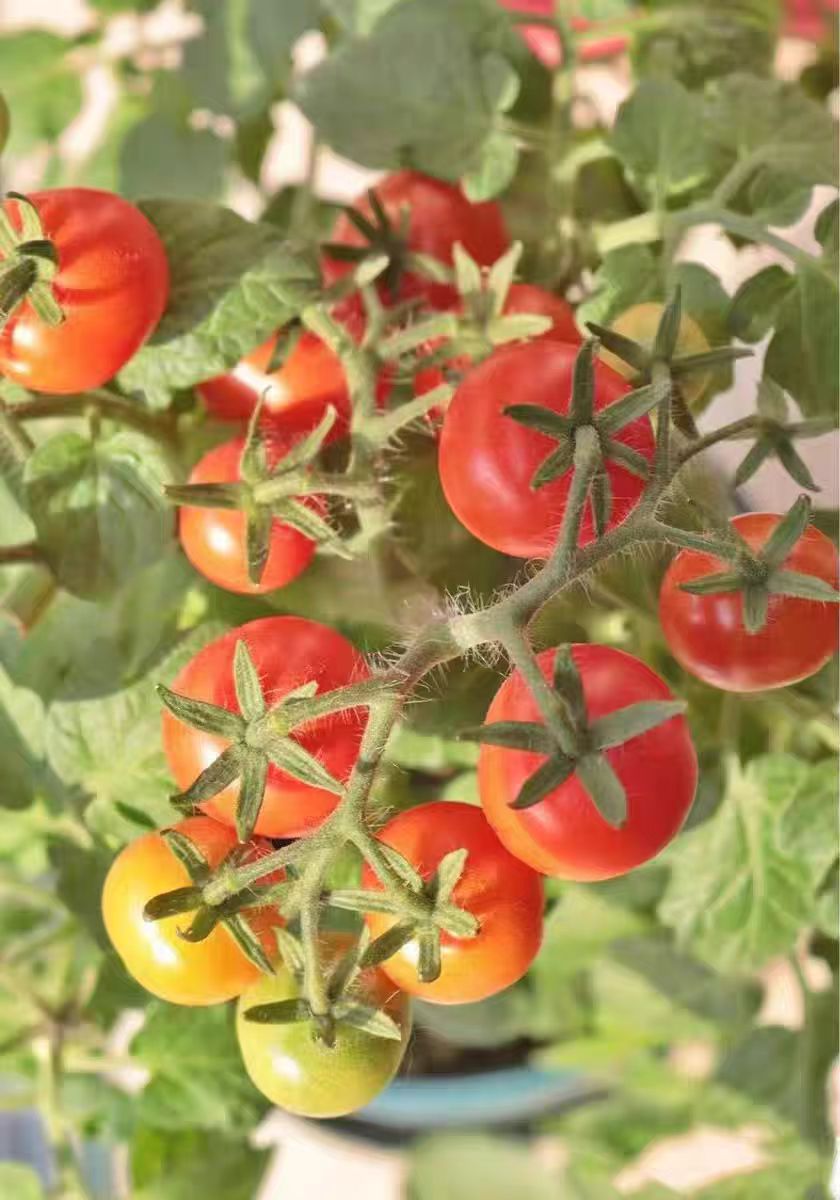When many vegetable-planting enthusiasts prepare to grow tomatoes in flowerpots on their balconies or in small garden plots, a common question arises: Can these sesame-sized seeds germinate directly when sown in the soil, or should they be soaked first, similar to soaking soybeans? In fact, "giving the seeds a bath" before sowing offers numerous benefits for germination and seedling growth!
Why is soaking recommended?
The outer layer of tomato seeds is a hard shell. If sown directly into the soil, the seeds absorb water slowly, leading to sluggish germination. After soaking for half a day, the hard shell softens, allowing the seeds to absorb water thoroughly. This triggers the "energy switch" inside, converting stored nutrients into "food" that seedlings can absorb, accelerating germination and promoting uniform seedling emergence.
Seeds may carry pathogens during storage, similar to dust on clothes. Soaking them in warm water for a while or mixing in a little disinfectant can kill surface pathogens, reducing the risk of seedling diseases. Especially for newly harvested seeds that may still be dormant, soaking "wakes them up," helping them adapt faster to the soil environment and germinate more actively.
Can they be sown without soaking?
Yes, but it requires more attention. Unsoaked seeds are like a thirsty person drinking water slowly—germination takes a few days longer than soaked seeds. Additionally, different seeds absorb water at varying rates, causing uneven seedling emergence. Some seedlings may grow tall while others are just sprouting, making management more troublesome.
Tips for different scenarios:
Home gardeners with time: Soak the seeds in warm water, stir them, wait until the water cools, soak for a few hours, rinse, and then sow. This simple step improves germination quality.
Large-scale planters seeking convenience: Purchase coated seeds (with a protective layer of nutrients and fungicides) for direct sowing. For uncoated seeds, soak them first, then place them in a warm area to germinate. Sow when most seeds show tiny sprouts for more uniform emergence.
Urgent sowing or limited conditions: Choose plump seeds. Water the soil thoroughly before sowing, cover with a thin layer of soil, monitor soil moisture to prevent drying, and maintain warm temperatures for smooth germination.
Soaking is like giving seeds a "head start"—it speeds up germination, reduces diseases, and fosters stronger growth. While sowing without soaking is possible, it requires more care in watering, temperature control, and disease prevention. Choose the method that suits your situation, all with the goal of helping tomato seedlings grow smoothly and laying a solid foundation for their development!
Do tomato seeds need to be soaked in water? And why?

Share with
Tagged in :



